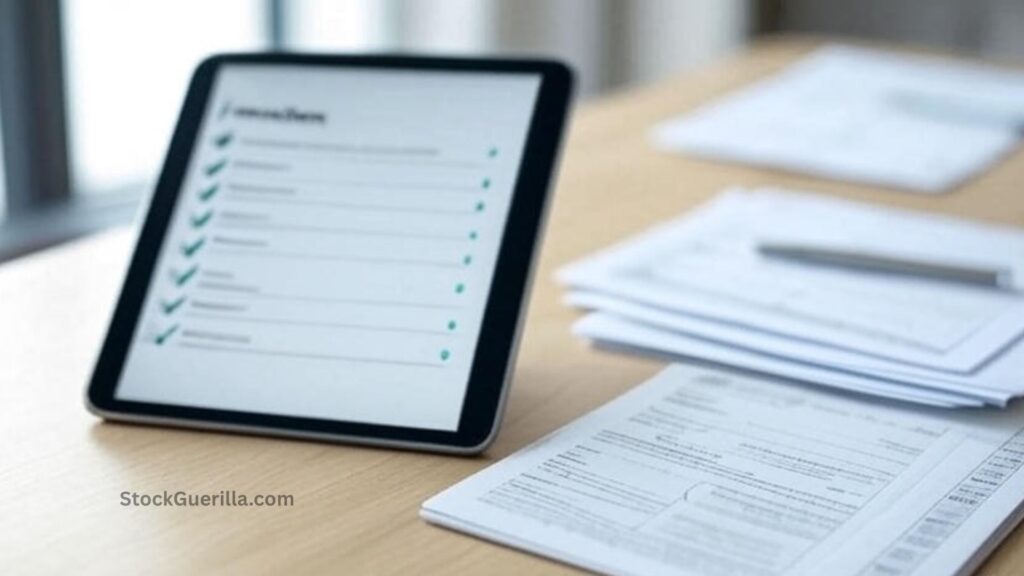How to Rebalance Your Investment Portfolio?
Rebalancing your portfolio means adjusting your investments every now and then to keep them in line with your goals and risk comfort. As the market changes, some of your assets—like stocks or bonds—might grow or shrink faster than others. Rebalancing helps you bring things back to your original plan so that one investment type doesn’t take over too much of your portfolio.
Most investors aim to rebalance once a year. It’s a smart habit that keeps your investments aligned with your risk level and long-term goals.
How to Rebalance Your Portfolio

When you’re ready to rebalance, start by asking yourself:
- Has my portfolio drifted from its original investment mix?
- Am I still comfortable with that mix, or has my situation changed?
- Do my current goals and risk levels match my investments?
- Does my portfolio need a small tweak or a bigger shift?
Common Rebalancing Strategies
Here are a few simple ways to rebalance your portfolio:
- Set a percentage range. For example, you might decide to rebalance if an asset strays more than 5% from its target. Some people prefer a tighter range like 1%–2%, while others are fine with more flexibility.
- Choose a schedule. Many investors rebalance once a year, but some prefer doing it every quarter or every six months. There’s no one-size-fits-all answer.
- Add new money. You can invest more in underweighted assets instead of selling others.
- Withdraw strategically. If you need to take out money, consider selling some of the assets that have grown too large.

Also Read: How to Build a Diversified Investment Portfolio?
Steps to Rebalance Your Portfolio
You can use a simple spreadsheet or tools like Quicken or Sharesight to track everything.

Step 1: Compare
Look at how your current investments are spread out and compare them with your ideal allocation.
Step 2: Evaluate
See where things have drifted. For example, if your goal is 80% stocks and 20% bonds, but now you’re at 85% stocks and 15% bonds, it’s time to adjust.
Step 3: Sell
If your portfolio is worth $100,000 and you want to move from 85% to 80% in stocks, sell $5,000 in stocks.
Step 4: Buy
Take that $5,000 and invest it in bonds to get back to the 80/20 balance.
Step 5: Add New Funds
Let’s say you’re putting an extra $10,000 into your portfolio, making it worth $110,000. To stay balanced at 80/20, you’ll need $88,000 in stocks and $22,000 in bonds.
Step 6: Invest the New Money
If you currently have $85,000 in stocks and $15,000 in bonds, then put $3,000 into stocks and $7,000 into bonds to bring everything back to balance.

Also Read: What is Market Capitalization and Why does it Matter?
Using a Robo-Advisor
Don’t want to do all this manually? A robo-advisor might be for you. Services like Wealthfront or Schwab Intelligent Portfolios automatically create and manage a well-diversified investment plan for you.

You’ll answer a quick questionnaire about your goals and risk tolerance, and the robo-advisor takes care of the rest—including rebalancing and even tax-saving features like tax loss harvesting. Best part? Many of them charge low or no fees.
Pros and Cons of Rebalancing
✅ Pros
- Keeps your portfolio well-diversified
- Helps lower your risk
- Makes you less likely to panic and sell during market dips
❌ Cons
- You might reduce your exposure to investments that are doing really well
- It could interfere with your tax-saving strategies
- It takes time and effort to track and adjust your investments

Also Read: What are the Advantages of Using Algorithmic Trading Platform?
Extra Tips for Successful Rebalancing
- Don’t obsess. Avoid checking your portfolio daily—it can lead to emotional decisions and overtrading.
- Have a plan. If you haven’t already, write down your investment strategy. It helps you stay focused and disciplined.
- Watch the tax impact. If you’re rebalancing a taxable account, be mindful of capital gains taxes. Tax loss harvesting can help.
- Think long term. Don’t get distracted by short-term swings. Stay focused on your long-term financial goals.
- Match your strategy to your goal. If you need the money in a few years, consider safer options like a high-yield savings account or certificate of deposit (CD).




Post Comment